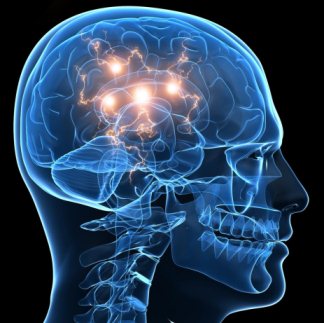LOS ANGELES: The workings of neural circuits associated with creativity are significantly altered when artists are actively attempting to convey emotions, according to a new brain-scanning study of jazz pianists.
When creative acts engage brain areas involved in emotional expression, activity in these regions strongly influences which parts of the brain’s creativity network are activated, and to what extent, researchers at the University of California in San Francisco said.
Previous research has shown that musical improvisation, freestyle rapping, and the rendering of caricatures deactivate a brain region known as the dorsolateral prefrontal cortex (DLPFC), which is involved in planning and monitoring behaviour.
In the new study, researchers found that DLPFC deactivation was significantly greater when the jazz musicians, who played a small keyboard while in the functional magnetic resonance imaging (fMRI) scanner, improvised melodies intended to convey the emotion expressed in a ‘positive’ image (a photograph of a woman smiling) than when they aimed to capture the emotions in a ‘negative’ image (a photograph of the same woman in a mildly distressed state).
Improvisations targeted at expressing the emotion in the negative image were associated with greater activation of the brain’s reward regions, which reinforce behaviours that lead to
pleasurable outcomes, and a greater connectivity of these regions to the DLPFC.
“The bottom line is that emotion matters,” said Charles Limb from the University of California.
“It cannot just be a binary situation in which your brain is one way when you are being creative and another way when you’re not. Instead, there are greater and lesser degrees of creative states, and different versions. And emotion plays a crucially important role in these differences,” he added.
Because the images themselves might induce an emotional response in the musicians, in addition to the brain scans made while the musicians improvised, each scanning session also included a time period in which the musicians passively viewed the images.
For each musician, any brain activity data generated during these passive viewing periods, including emotional responses, were subtracted from that elicited during their musical performances.
This allowed the researchers to determine which components of brain activity in emotional regions were strongly associated with creating the improvisations.
“There is more deactivation of the DLPFC during happy improvisations, perhaps indicating that people are getting into more of a ‘groove’ or ‘zone,’ but during sad improvisations there’s more recruitment of areas of the brain related to reward,” said Malinda McPherson, a classical violist who led the study.
The research team avoided biasing the musicians’ performances with words like ‘sad’ or ‘happy’ when instructing the musicians before the experiments.
The findings were published in the journal Scientific Reports. (PTI)


